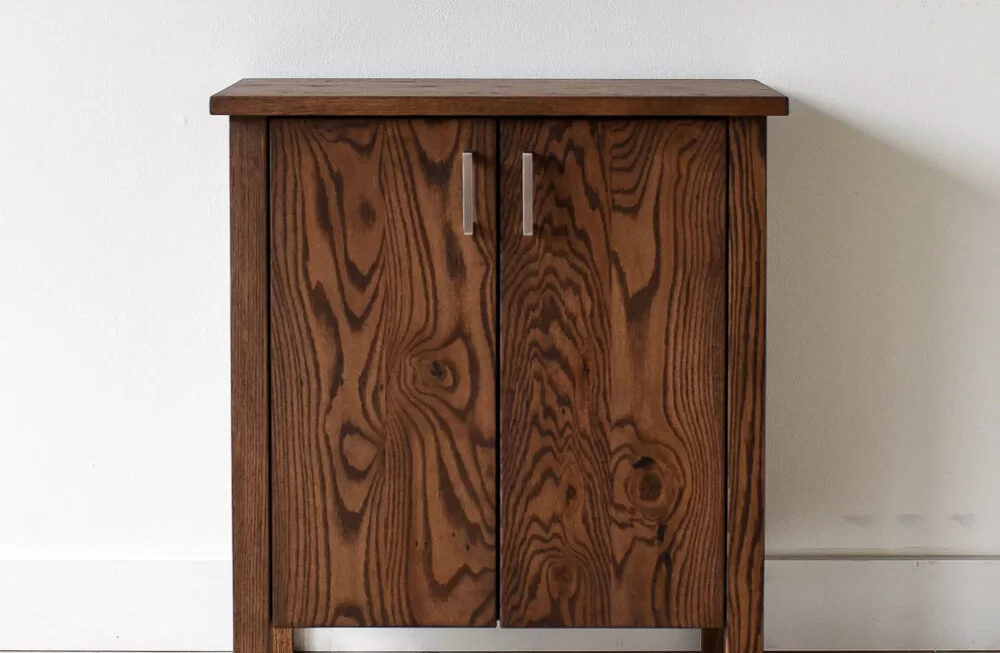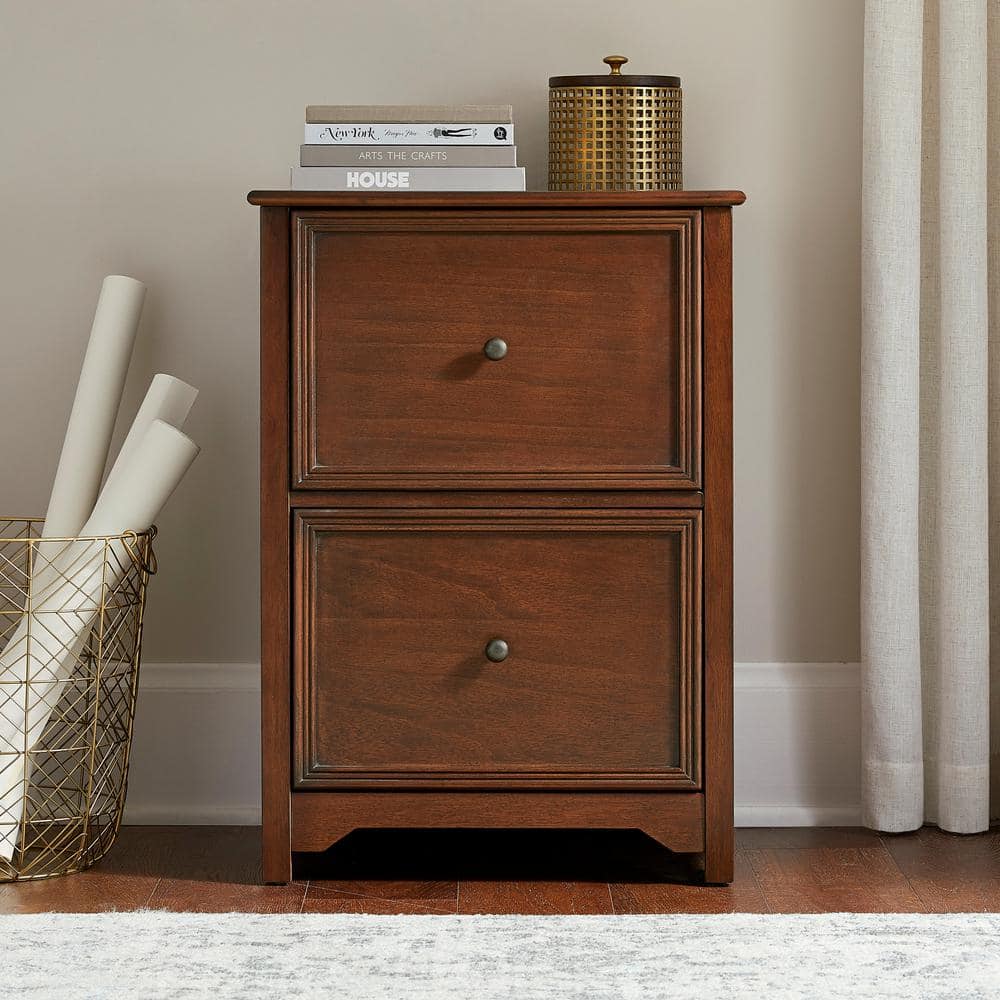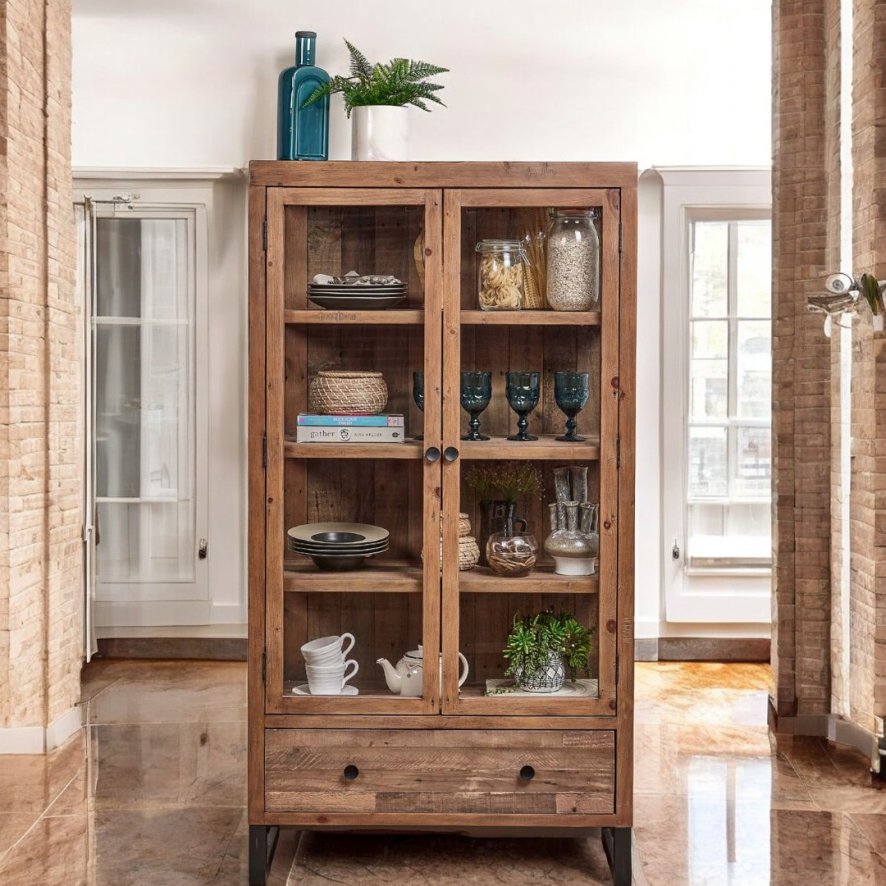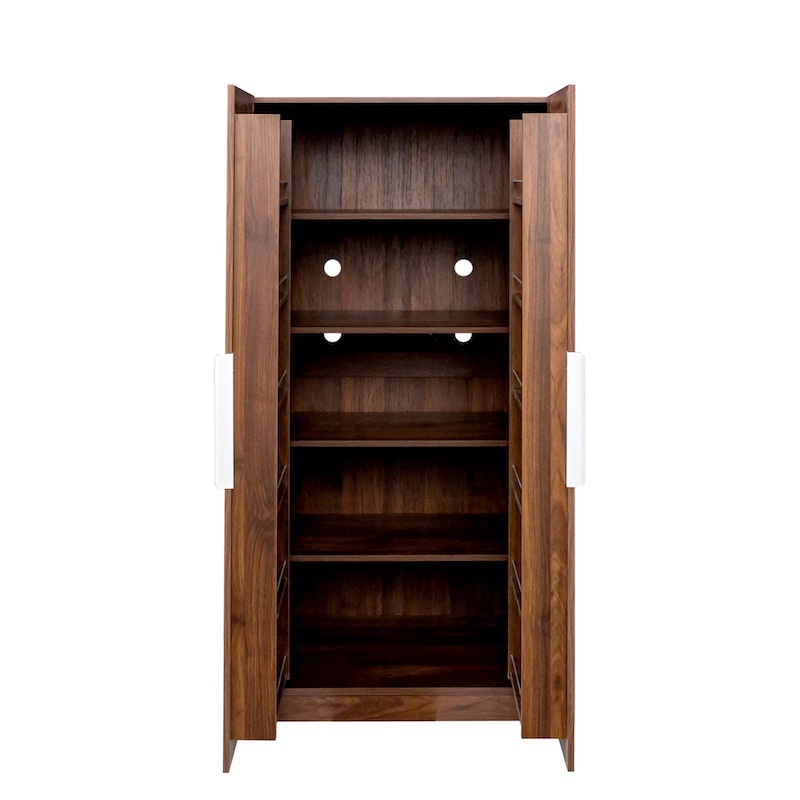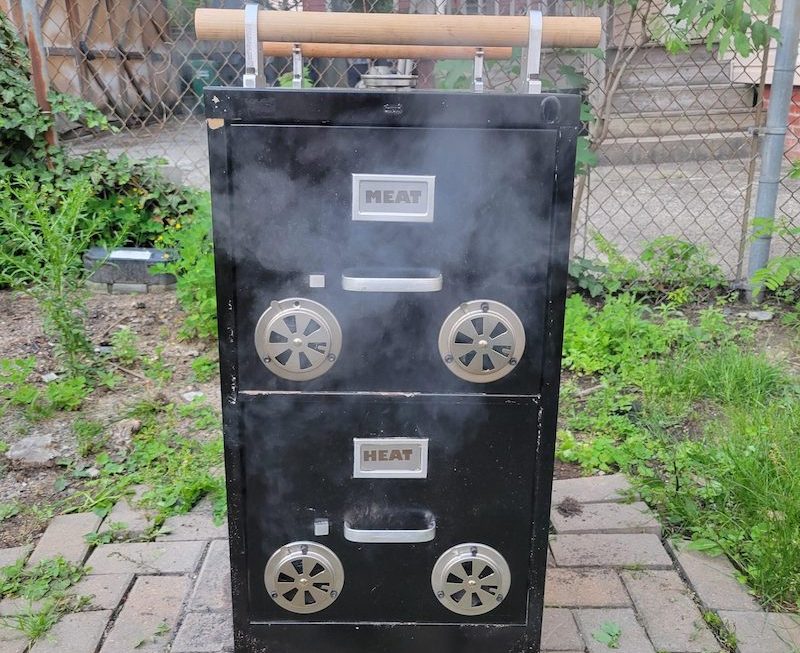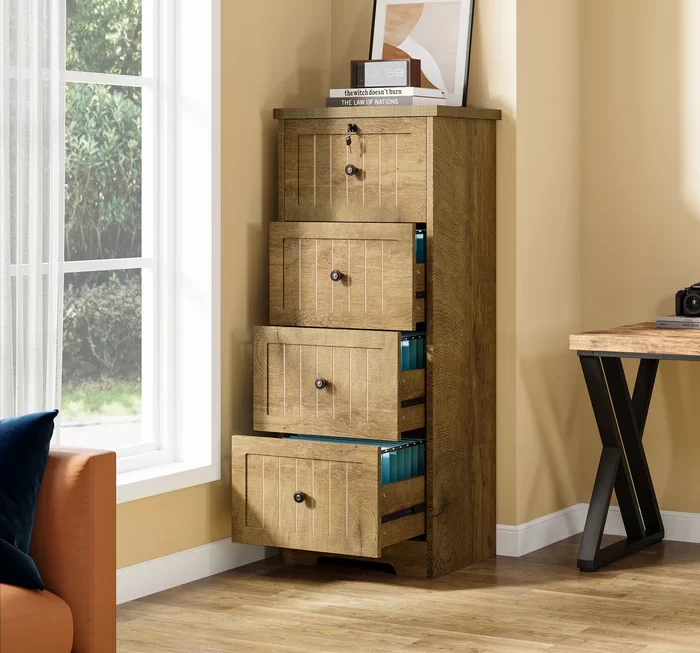Introduction
Cabinet wood is an essential element in the construction and design of kitchen and bathroom cabinets. The type of wood used can have a significant impact on the overall aesthetic, durability, and functionality of the cabinets. With so many options available, it can be challenging to determine the best choice for your needs. This comprehensive guide will explore the various types of cabinet wood, their characteristics, and the factors to consider when selecting the right material for your cabinets.
Part 1: Hardwood vs. Softwood
Level 1: Understanding the differences
Hardwood and softwood are the two main categories of cabinet wood, each with its own unique characteristics and benefits. Hardwood comes from broad-leaved trees such as oak, maple, cherry, and walnut, and is known for its durability and resistance to wear and tear. Softwood, on the other hand, is derived from coniferous trees like pine, cedar, and spruce, and is valued for its appealing grain patterns and affordability.
Level 2: Pros and cons of each type
Hardwood is more expensive than softwood, but it is also more durable and resistant to scratches and dents. Softwood, while less durable, can provide a beautiful rustic or natural look to cabinets at a lower cost. Understanding the pros and cons of each type of wood is essential when making a decision about cabinet materials.
Part 2: Popular Hardwoods for Cabinets
Level 1: Overview of popular hardwoods
There are several popular hardwood options for cabinet construction, each with its own unique characteristics and benefits. Maple, known for its consistent grain and light color, is a popular choice for modern and contemporary designs. Oak, with its distinctive grain patterns and strength, is a classic option for traditional and rustic cabinets. Cherry, prized for its rich, reddish-brown color and smooth texture, is a luxurious choice for high-end cabinetry.
Level 2: Considerations for each hardwood
When choosing a hardwood for your cabinets, it’s essential to consider factors such as color, grain, durability, and maintenance requirements. Maple, for example, can be stained to achieve various shades, while oak’s prominent grain can add character to the cabinets. Understanding the unique characteristics of each hardwood will help you make an informed decision.
Part 3: Popular Softwoods for Cabinets
Level 1: Overview of popular softwoods
Softwoods such as pine, cedar, and spruce are popular choices for cabinet construction, especially for those seeking a more natural or rustic look. Pine, with its distinctive knots and light color, is a versatile option that can be stained or painted to achieve various aesthetics. Cedar, known for its natural fragrance and resistance to moisture and insects, is a popular choice for outdoor cabinets and humid environments. Spruce, with its light color and fine grain, is a budget-friendly option for those seeking a clean and simple design.
Level 2: Applications and maintenance
Each softwood has unique applications and maintenance requirements. Pine, for example, is commonly used in farmhouse-style or country-themed kitchens, while cedar is an excellent choice for outdoor cabinets due to its natural resistance to decay and insects. Understanding the applications and maintenance needs of popular softwoods will help you choose the right material for your cabinets.
Part 4: Factors to Consider When Choosing Cabinet Wood
Level 1: Aesthetics and design preferences
When choosing cabinet wood, it’s essential to consider your aesthetic preferences and the overall design of your space. The color, grain pattern, and texture of the wood can significantly impact the look and feel of your cabinets, so it’s crucial to choose a material that complements your design style.
Level 2: Durability and maintenance
In addition to aesthetics, durability and maintenance requirements are important factors to consider when selecting cabinet wood. Hardwoods are generally more durable and resistant to wear and tear, making them an ideal choice for high-traffic areas like kitchens. Softwoods may require more maintenance, such as regular sealing or finishing, to protect against moisture and damage.
Part 5: Common Types of Wood Used for Cabinets
When it comes to choosing the right wood for your cabinets, there are several options to consider. Some of the most common types of wood used for cabinets include oak, maple, cherry, birch, and pine. Each type of wood offers its own unique characteristics and aesthetic appeal.
Oak is a popular choice for cabinets due to its durability and strength. It has a prominent grain pattern and can be finished in a variety of stains to achieve different looks. Maple is another popular choice, known for its smooth and even texture. It is often used in modern and contemporary kitchen designs.
Cherry wood is prized for its rich color and warm tones, making it a popular choice for traditional and elegant kitchen designs. Birch is known for its fine grain and light color, making it a versatile option for cabinets. Pine is a softer wood with a distinct grain pattern, often used for a rustic or country-style look.
When choosing the right wood for your cabinets, it’s important to consider the overall style and design of your kitchen, as well as the level of maintenance and upkeep you are willing to commit to. Each type of wood has its own unique properties and characteristics, so be sure to research and consider your options carefully before making a decision.
Part 6: Pros and Cons of Different Cabinet Woods
Each type of wood used for cabinets has its own set of pros and cons that should be considered when making a decision. Oak, for example, is highly durable and resistant to moisture, making it a great choice for busy kitchens. However, it can be on the pricier side and may require more maintenance to keep its appearance in top shape.
Maple is known for its smooth and even texture, but it can be more susceptible to scratches and dents. Cherry wood offers a rich and elegant look, but it tends to darken over time, which may not appeal to everyone. Birch is a versatile option, but it may not have the same level of durability as other hardwoods.
Pine is a softer wood that can dent and scratch easily, but it offers a rustic charm that is popular in country-style kitchens. When choosing the right wood for your cabinets, weigh the pros and cons of each type to determine which best suits your needs and preferences.
Part 7: Maintaining and Caring for Wood Cabinets
Proper maintenance and care are essential for keeping wood cabinets looking their best. Depending on the type of wood you choose, different care requirements may apply. However, there are some general tips that can help you maintain the beauty and integrity of your cabinets.
Regular cleaning is important for removing dirt, grease, and other buildup that can accumulate on cabinet surfaces. Use a mild, non-abrasive cleaner and a soft cloth to wipe down the cabinets regularly. Avoid using harsh chemicals or abrasive sponges that can damage the wood finish.
In addition to regular cleaning, it’s important to protect the wood from moisture and excessive heat. Wipe up spills promptly and use coasters or trivets to protect the cabinet surfaces from hot pots and pans. Consider using cabinet polish or wax to protect and restore the wood finish.
Finally, be mindful of the environment in which your cabinets are located. Excessive sunlight can cause wood to fade and discolor, so consider using window treatments to protect your cabinets from direct sunlight. By following these tips and being attentive to the specific care needs of your chosen wood, you can keep your cabinets looking beautiful for years to come.
Conclusion
In conclusion, cabinet wood plays a crucial role in the construction and design of kitchen and bathroom cabinets. Understanding the differences between hardwood and softwood, as well as the unique characteristics of popular wood species, is essential when choosing the right material for your cabinets. By considering factors such as aesthetics, durability, and maintenance, you can make an informed decision that will result in beautiful and functional cabinets for your space.
